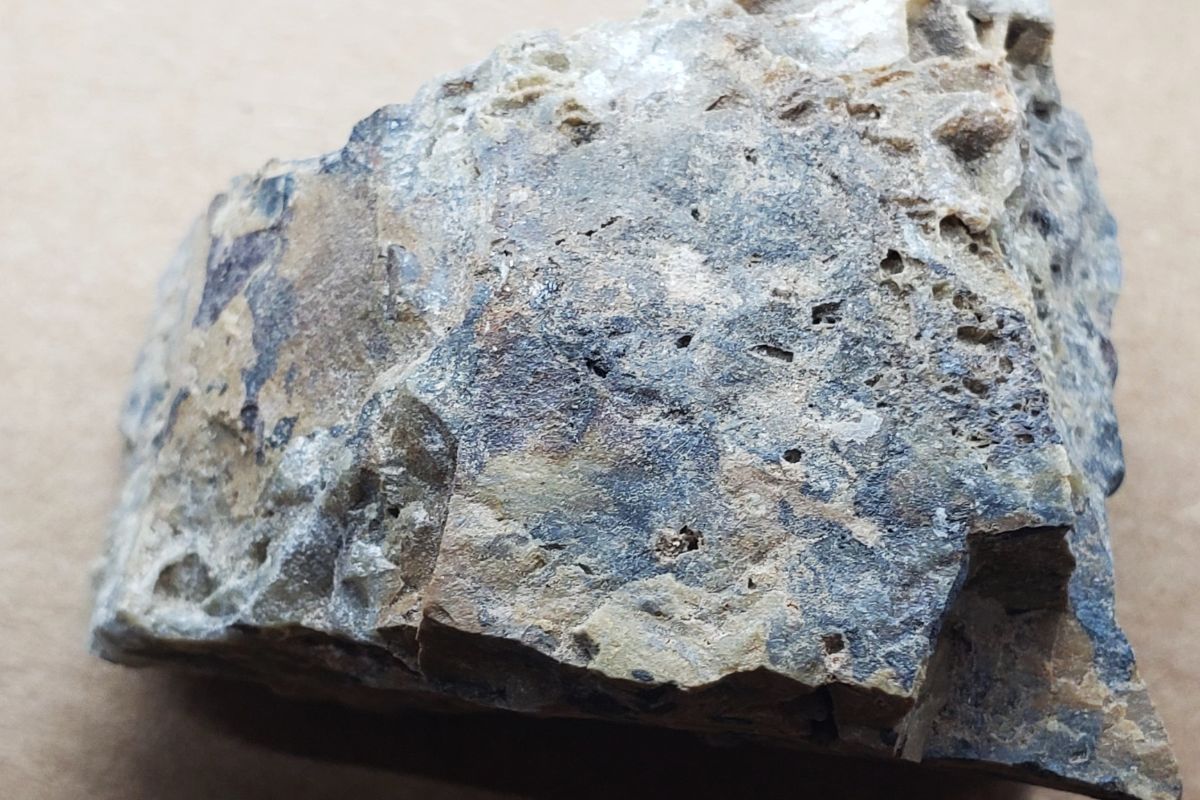
What is Avicennite? Avicennite is a rare mineral named after the Persian polymath Avicenna. It consists of thallium oxide and has a unique cubic crystal structure. Found in hydrothermal veins and volcanic fumaroles, this mineral is quite scarce. Its striking metallic luster and high density make it stand out among other minerals. Avicennite is not just a geological curiosity; it has potential applications in electronics due to its semiconducting properties. However, handling it requires caution because thallium compounds can be toxic. Want to learn more about this fascinating mineral? Here are 25 intriguing facts about Avicennite that will expand your knowledge and spark your curiosity.
Key Takeaways:
- Avicennite, a rare mineral named after a Persian polymath, has unique properties and is found in small quantities. It has a metallic luster, is toxic, and is valuable to mineral collectors and researchers.
- Avicennite, discovered in 1968, is primarily composed of thallium and oxygen. It has a high density, is opaque, and poses health and environmental risks due to its toxic nature.
What is Avicennite?
Avicennite is a rare mineral named after the Persian polymath Avicenna. This mineral is known for its unique properties and fascinating history. Let's dive into some intriguing facts about Avicennite.
Origins and Discovery
Understanding where Avicennite comes from and how it was discovered can give us a better appreciation of this mineral.
- Avicennite was first discovered in 1968 in the Khaidarkan deposit in Kyrgyzstan.
- The mineral was named after Avicenna, a renowned Persian philosopher and scientist.
- It is typically found in hydrothermal veins and is associated with other rare minerals.
- Avicennite is primarily composed of thallium and oxygen, forming the chemical formula Tl2O3.
- This mineral is often found in small quantities, making it quite rare and valuable.
Physical Properties
Avicennite's physical characteristics make it stand out among other minerals. Let's explore these unique features.
- Avicennite has a metallic luster, giving it a shiny, reflective appearance.
- The mineral is opaque, meaning light does not pass through it.
- It has a Mohs hardness of 2.5, making it relatively soft compared to other minerals.
- Avicennite is usually black or dark gray in color.
- The mineral has a high density, with a specific gravity of 8.9.
Chemical Composition
The chemical makeup of Avicennite is fascinating and contributes to its unique properties.
- Avicennite is composed of thallium oxide, specifically thallium(III) oxide.
- Thallium, a key component, is a heavy metal known for its toxicity.
- The mineral's chemical formula is Tl2O3, indicating two thallium atoms for every three oxygen atoms.
- Avicennite can sometimes contain trace amounts of other elements, such as lead or arsenic.
- The presence of thallium gives Avicennite its distinctive properties and appearance.
Uses and Applications
Despite its rarity, Avicennite has some interesting applications in various fields.
- Avicennite is primarily of interest to mineral collectors due to its rarity and unique properties.
- The mineral's high density and metallic luster make it a valuable specimen for educational purposes.
- Researchers study Avicennite to better understand the properties and behavior of thallium compounds.
- Avicennite can be used as a reference material in scientific studies involving thallium.
- The mineral's unique properties make it a subject of interest in the field of mineralogy.
Environmental and Health Concerns
Given its composition, Avicennite poses certain environmental and health risks.
- Thallium, a major component of Avicennite, is highly toxic and can cause serious health issues.
- Prolonged exposure to thallium can lead to symptoms such as hair loss, nerve damage, and even death.
- Handling Avicennite requires caution and proper safety measures to avoid exposure to thallium.
- The mining and processing of thallium-containing minerals like Avicennite can have environmental impacts.
- Proper disposal and management of thallium-containing waste are crucial to minimize environmental contamination.
Final Thoughts on Avicennite
Avicennite, a rare mineral, holds a unique place in the world of geology. Its distinctive properties and uncommon occurrence make it a subject of fascination for scientists and enthusiasts alike. Found primarily in volcanic fumaroles, this mineral's chemical composition of thallium and oxygen sets it apart. Its metallic luster and opaque nature add to its allure, making it a prized specimen for collectors.
Understanding avicennite not only broadens our knowledge of mineral diversity but also highlights the complex processes that occur within our planet. While it may not be a household name, its significance in the study of geological formations cannot be understated. So next time you think about minerals, remember avicennite and its remarkable characteristics. It’s a small yet significant piece of the Earth’s intricate puzzle.
Frequently Asked Questions
Was this page helpful?
Our commitment to delivering trustworthy and engaging content is at the heart of what we do. Each fact on our site is contributed by real users like you, bringing a wealth of diverse insights and information. To ensure the highest standards of accuracy and reliability, our dedicated editors meticulously review each submission. This process guarantees that the facts we share are not only fascinating but also credible. Trust in our commitment to quality and authenticity as you explore and learn with us.


